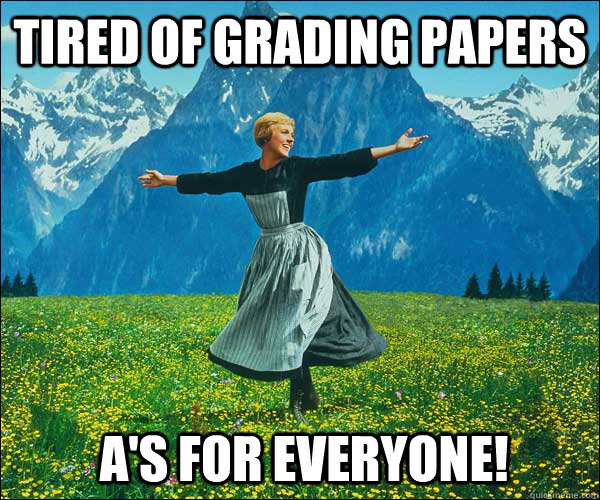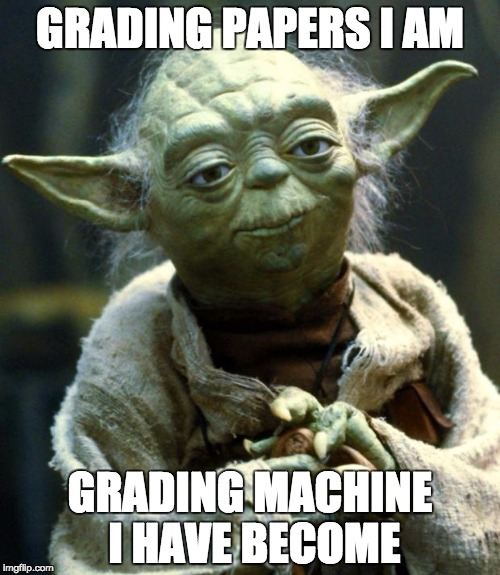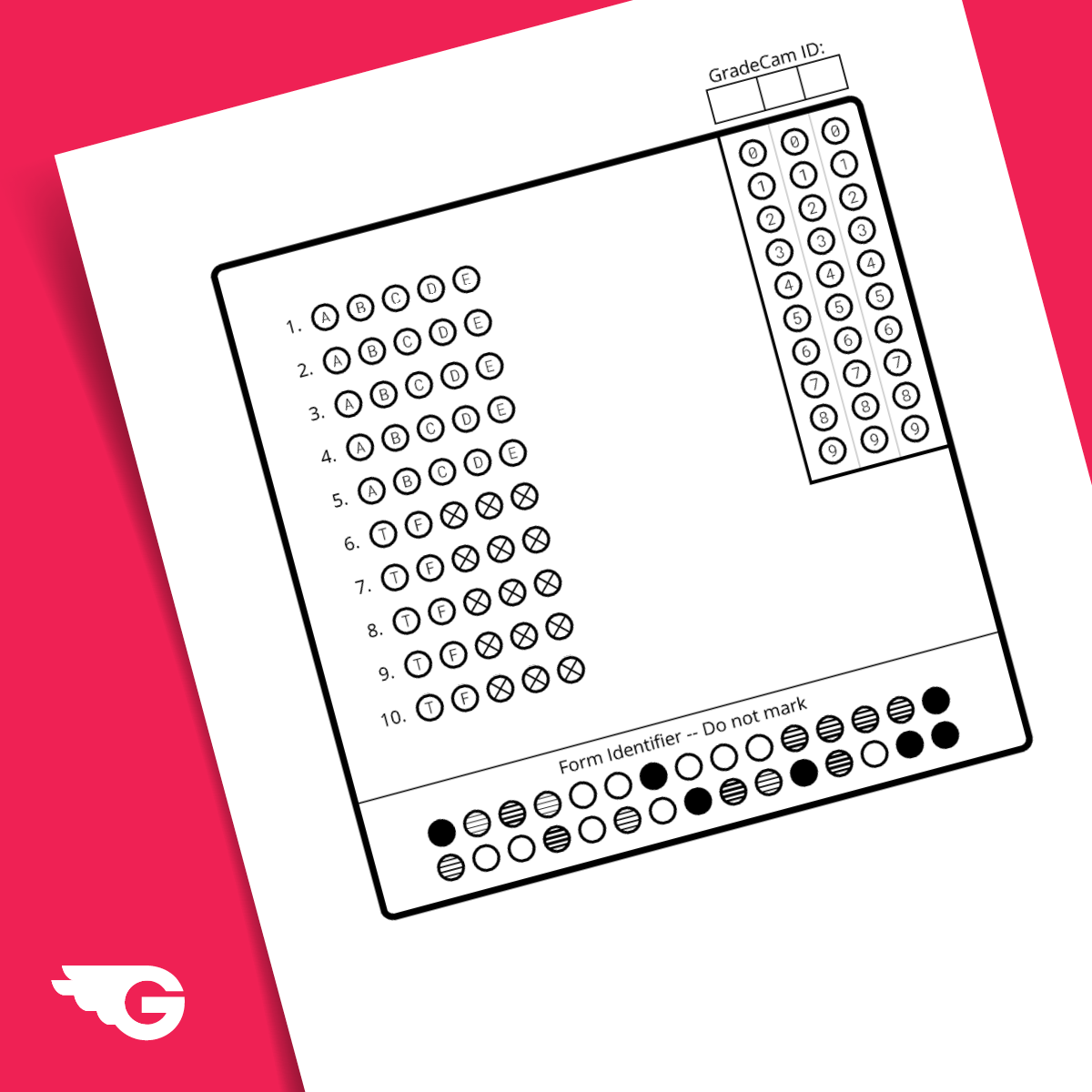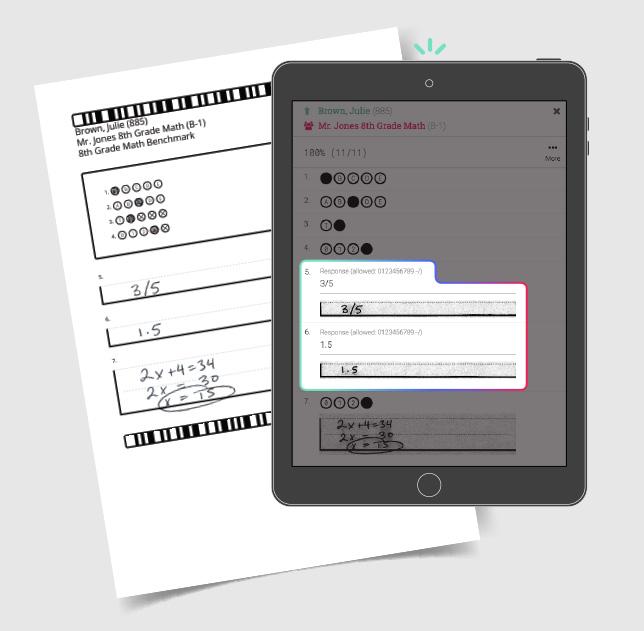This Grading Practice Will Have Your Students Yelling “Not Fair!”


All teachers have done it at one time or another. There is a seemingly insurmountable stack of ungraded papers on your desk, or – let’s be real – your kitchen counter. You start tackling the pile, feeling perky on a Sunday afternoon. Two cups of coffee and dozens of papers later, you’re tired.
You’re experiencing what scientists call decision fatigue.

What is decision fatigue exactly?
Decision fatigue was discovered during a study of parole hearings (described in this article). Over 1,100 cases were analyzed and the largest factor in whether or not the prisoner was granted parole was the time of his hearing, even when all other factors were relatively the same.
“Prisoners who appeared early in the morning received parole about 70 percent of the time, while those who appeared late in the day were paroled less than 10 percent of the time.”
The more decisions you make, the worse you get at weighing the options and making a decision consistent with your previous decisions.
When grading papers, decision fatigue creates inconsistencies from the way you graded the first paper in the pile to how you grade the last few.

Obviously, this is not an ideal situation for you or your students. And, if students are comparing papers, you will definitely hear cries of “Not Fair!”
Side Note: It’s not your fault, teachers!
We’re not saying teachers are to blame for this phenomena. Everyone suffers from decision fatigue. Dieters can resist temptation and make healthy food choices all day, only to find themselves elbow-deep in a bag of Cheetos at 10 pm. Quarterbacks are known to make questionable calls towards the end of a football game. And, any parent can attest to saying yes to the tenth time a child nagged them with “Can I have a piece of candy?” when all the previous times they answered no.
In fact, decision fatigue is another reason why retailers are so successful at getting us to impulse buy junk food at the cash register before checking out. We’re exhausted from making decisions about which products we would like to purchase throughout the store. Our willpower is shot.
How to Prevent Grading Fatigue
Since we provide solutions for grading digitally, you’re expecting us to say “use GradeCam!” And you’d be right!
GradeCam was created because our foundering teacher, Tami Porter, was scanning her groceries and had the thought “I wish grading my papers was as quick and easy as scanning groceries.” She contacted her son, a software engineer, and he agreed to take on the project.
We’ve created a scanning machine to grade your papers so you don’t have to!

Now, we realize that GradeCam cannot scan all your grading needs. But, we bet we can do more than you think. We have the capability to scan multiple-choice, true/false, rubrics, and many other question types.

We even recently introduced numeric number recognition. That’s right math teachers! We can read your kids’ answers to written questions, not just bubbled-in forms!

The Best Grading Fatigue Prevention Tactic: Make it Scan!
You grade all the objective work and as for the rest: Make it scan! Transform all the worksheets, homework assignments, exit tickets or board work to scannable GradeCam forms for quick and easy grading. The less you have to tackle, the better.
Here’s a video on how to get started with GradeCam in under three minutes:
Getting Started with GradeCam Go! from GradeCam on Vimeo.
If you don’t already have a GradeCam account, sign up below for free and get scanning! Your brain will thank you for the well-deserved break.




